12. A Christmas Carol (2009)
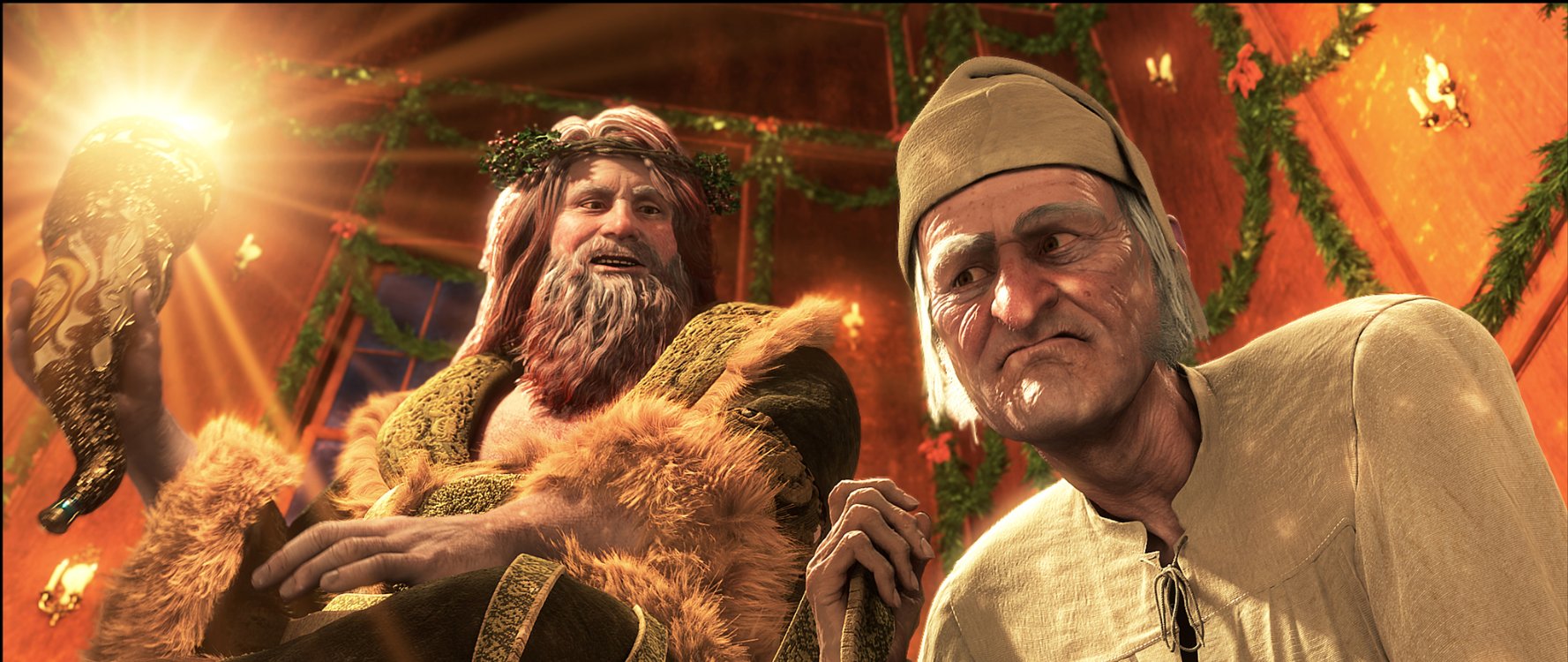
Another motion-capture film–making this the third out of three movies straight in the 2000s that Zemeckis employed the technology–it’s arguably his greatest success with it, and not coincidentally also the latest film out of the three in which he used the technology.
A Christmas Carol is so ubiquitous in popular culture at this point that it seems redundant to summarize: old, miserly Ebenezer Scrooge is visited by three ghosts–of Past, Present, and Future–on Christmas Eve to show him the error of his ways, after which he reforms and becomes a more kind and generous man.
Having been adapted countless times since the original story’s publication in 1843, Zemeckis seemed to have a vision in his head to create a motion-capture CGI version of the story and produced A Christmas Carol in 2009.
With Jim Carrey as Scrooge, Zemeckis’s A Christmas Carol is a lively affair, with the motion-capture technology being used to great effect to capture Carrey’s signature kinetic physicality. It also breathes some new life in a (then) 166-year-old story, and its all-CGI nature allows for fluid, exciting cinematography.
This film has been criticized for throwing needless action sequences into the story, but it’s also a surprisingly faithful (and dark) reproduction of its source material and many of the flaws evident from using motion-capture in The Polar Express have improved significantly since that previous Zemeckis creation. It may not be the best adaptation of the classic story, but it’s a sight better than either of Zemeckis’s previous motion-capture and CGI-filled productions from the 2000s.
11. Romancing the Stone (1984)
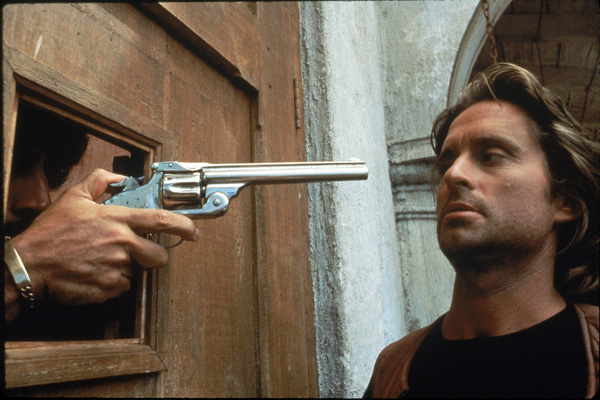
By his third film, Zemeckis embraced the adventure genre that had made Spielberg a great success and directed Romancing the Stone–bringing Zemeckis his first box-office hit and being hailed as one of the best films of 1984.
The story: lonely romance writer Joan (Kathleen Turner) gets a call informing her that her sister has been kidnapped by their antiques smuggling cousins while also receiving a map sent by her deceased brother-in-law. Her sister is being held in Colombia and the ransom is the map. Travelling there, Joan crosses paths with smuggler Jack Colton (Michael Douglas), a rough around the edges adventurer, and she and Jack join up to save her sister, finding adventure and love along the way.
A stylish, highly enjoyable adventure-romance-comedy, Romancing the Stone was a surprise hit whose success would allow Zemeckis to make Back to the Future. Still fondly remembered and held in high regard by modern audiences, this film also introduced Zemeckis to the adventure genre, one that would serve him well throughout his career.
10. Death Becomes Her (1992)
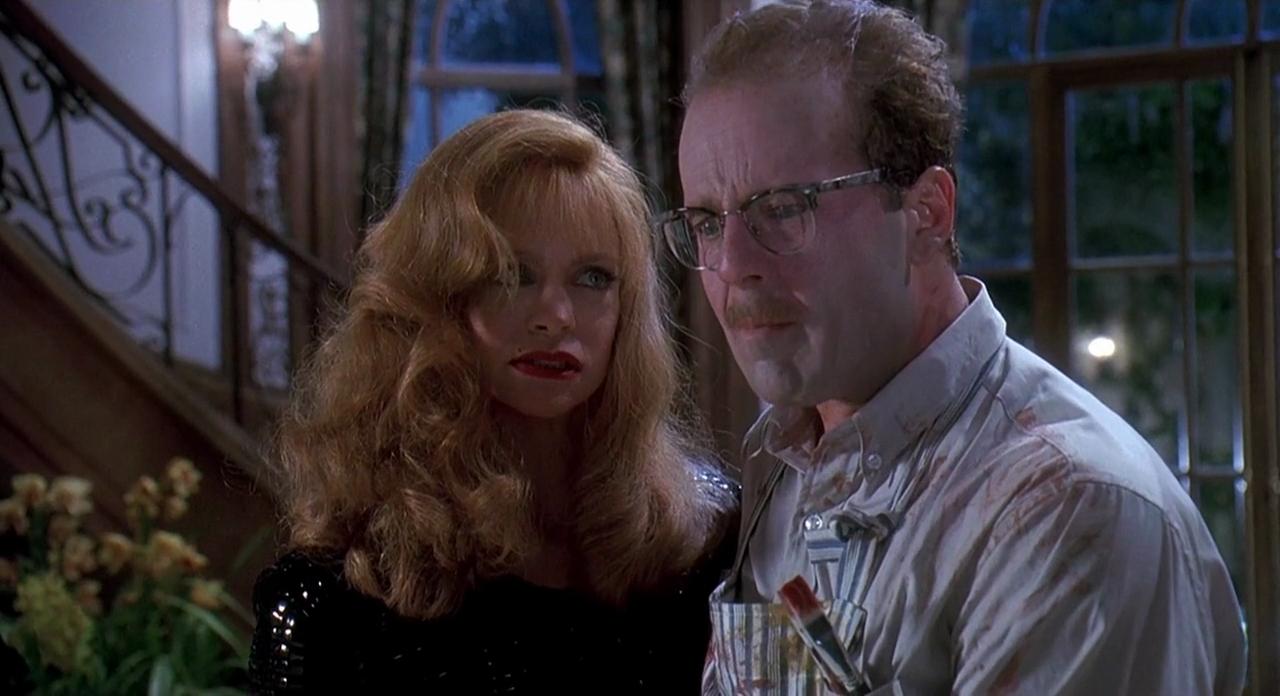
The idea of staying eternally young and living forever is a seductive one, especially if it’s your business to keep up a youthful appearance. When actress Madeline Ashton (Meryl Streep) steals away plastic surgeon Ernest Menville (Bruce Willis) from her old friend Helen Sharp (Goldie Hawn), Helen shows up years later looking as if she hadn’t aged a day with her sights on taking Ernest back from Madeline.
Perplexed by how Helen had kept her youth all these years, Madeline seeks out the special services of a woman who promises youth rejuvenation. After swallowing a magic potion, Madeline’s youth is restored–but when she and Helen begin fighting over Ernest, both realize they’ve taken the same potion, which promises not just eternal youth but eternal life. The problem is, they are also subject to continue living no matter what physical damage they sustain.
This premise almost seems to exist just for Zemeckis to show off his considerable visual effects gifts, and Death Becomes Her was one of the first films to utilize the then-new CGI effects technology to blow holes through human beings, break their limbs, and twist their heads around as they continue to walk and talk.
The results are are dazzling and won an Academy Award for Visual Effects that year. Itself a funny parable about the pitfalls of vanity, Death Becomes Her was a big commercial hit and is still remembered as a solid comedy that seamlessly employed CGI effects to create human cartoons.
9. Flight (2009)
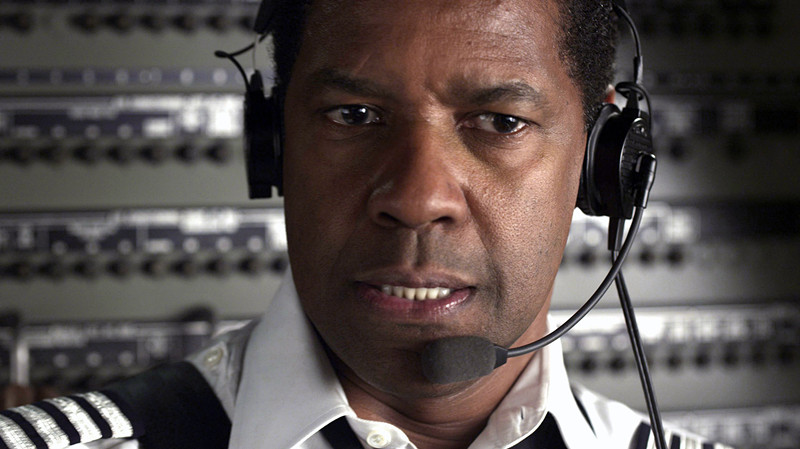
While a wiz at special effects, it’s surprising to find out how many dramas Zemeckis has helmed: some of his greatest work resides outside the world of fantasy to depict realistic dramas instead. Case in point is 2009’s Flight: while it has a spectacular effects-driven set piece that details the incredible crash-landing of a commercial plane, the film’s story focuses mostly on the subsequent trial of the pilot who performs the emergency landing.
Airline captain William “Whip” Whitaker (Denzel Washington) is shown using cocaine before his morning flight and then drinks while flying, which turns into a harrowing life-or-death situation as the aircraft goes into a nosedive. Whitaker pulls the plane out of the crash, inverting it, and then crash-landing.
When he awakens in a hospital bed, Whitaker finds out that he’s saved most of the passengers on the plane but has been drug tested positive for cocaine. From here, the film becomes focused on his trial and Whitaker trying to reclaim his sense of self, eventually coming to terms with his addiction.
The film was critically praised as Zemeckis’s return to live-action cinema after he spent the previous decade largely working with motion-capture and CGI creations to mixed success. Washington’s performance was also praised and the film was a commercial hit, ushering in the latest phase of Zemeckis’s career as a dramatic live-action filmmaker.
8. Allied (2016)

French Resistance fighter Marianne Beauséjour (Marion Cotillard) and Canadian Air Force officer Max Vatan (Brad Pitt) pose as a married couple in order to infiltrate Vichy-controlled Morocco to assassinate the German ambassador. They succeed in the mission and fall in love, eventually resettling in England and getting married. But Vatan is informed that Beauséjour is suspected of being a German spy who assumed the identity of the French Resistance member.
While trying to stay loyal to the woman he loves, Vatan also begins to investigate these allegations which, if proven true, means he must execute his wife and the mother of his child.
Capturing the aesthetic of WWII-ravaged Europe and featuring solid performances from both Pitt and Cotillard, Allied received only mixed reviews upon its release but was a commercial hit. Evoking the classic tropes of wartorn romance while also serving as a spy thriller, Allied is Zemeckis’s successful attempt at recreating a classic wartime film.
7. The Walk (2015)
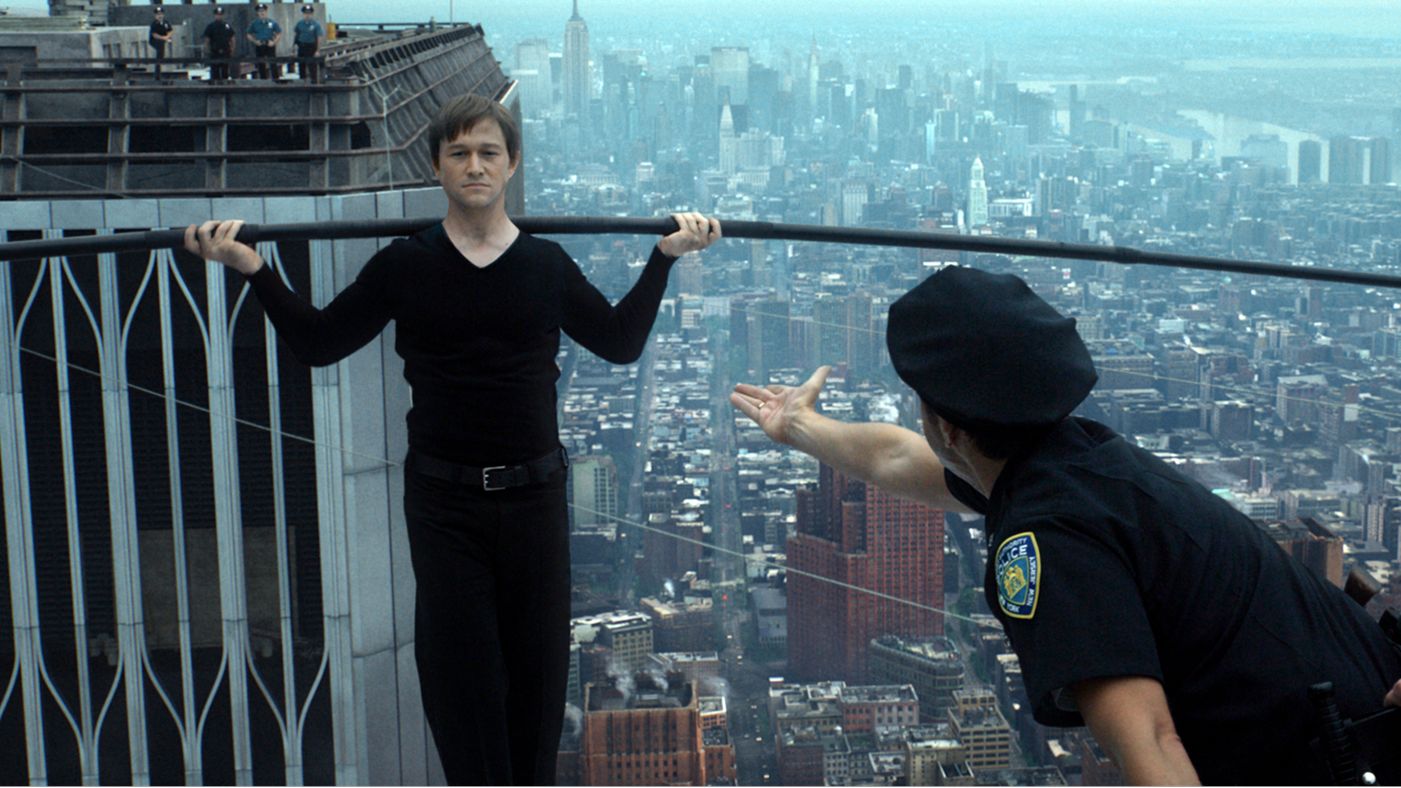
The inherent drama of French high-wire artist Philippe Petit’s walk between the Twin Towers in 1974 had been detailed in the 2008 documentary Man on Wire, but to actually replicate the stunning visual from Petit’s perspective was accomplished by Zemeckis in 2015’s The Walk.
This true story is a straightforward retelling of the 24-year-old’s alternately brave and foolhardy high-wire stunt that took place in-between the top of the two towers 1368 feet in the air. Joseph Gordon-Levitt plays Petit as a young man with a fierce determination, while the planning stages and pulling off of the stunt are depicted with the suspense of a heist film.
But far and away the most impressive feat of the film is Zemeckis’s visual effects of depicting the actual walk between the towers: effectively replicating what Petit’s view would have been from such a precarious position is alternately astonishing and dizzying to see.
Released in IMAX 3D, a version which received the most rapturous acclaim, watching the film in 2D is still impressive and once again proved that while Zemeckis can create fantastic worlds, his visual talents can also reveal how incredible reality can be, as well.